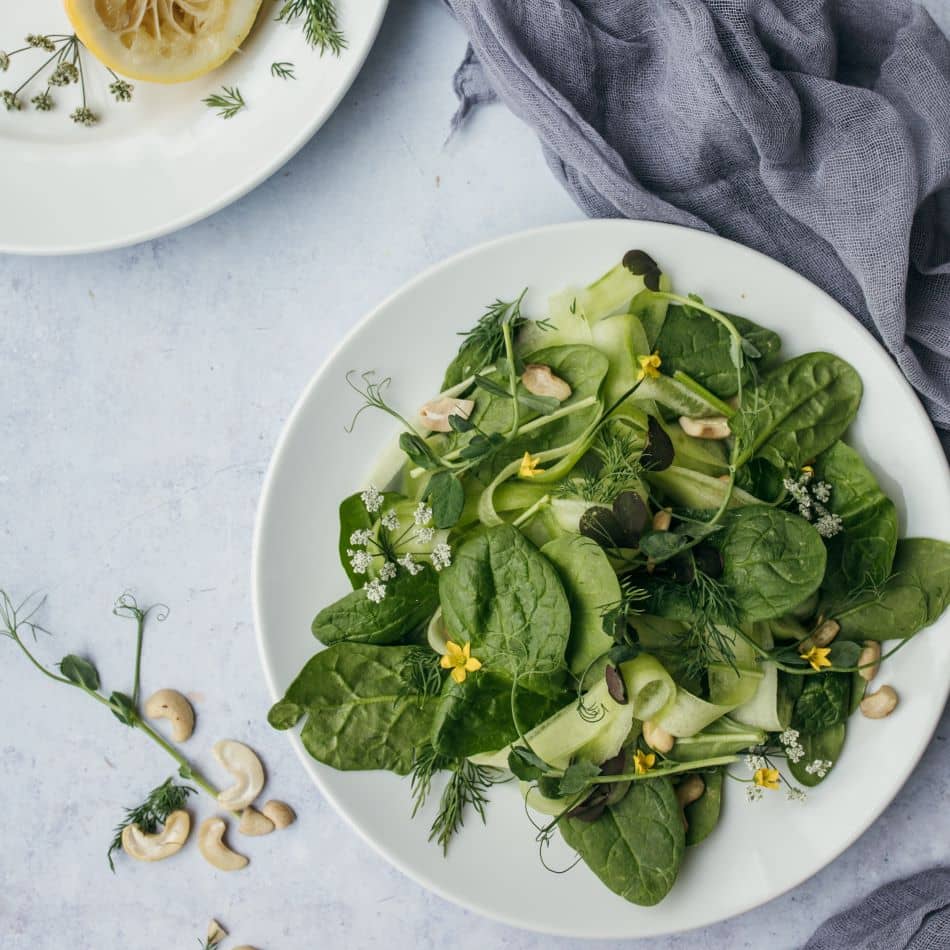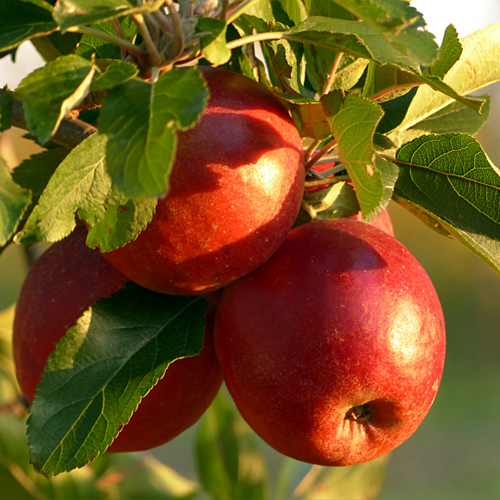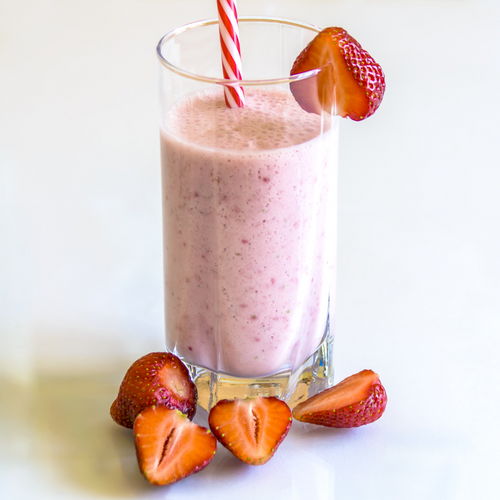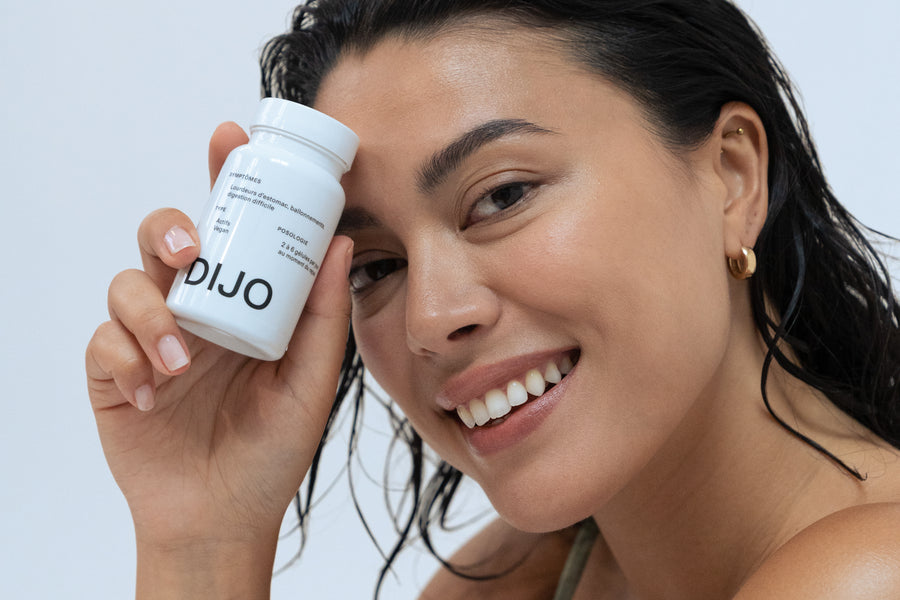Although we are not the largest consumers in the world, these figures still remain well above the recommendations set by the WHO (around 50 g of sugars per day for an average adult whose intake would be high). at 2000 kcal).
Awareness has been rising in recent years, and we are realizing the need to review our sugar consumption, because the effects of long-term overconsumption are harmful: addiction, disruption of the intestinal microbiota, skin problems, disruption of the system. immune system, acceleration of cellular aging, appearance of numerous pathologies…
Moreover, some people are increasingly favoring the ketogenic diet (or at least the “low-carb” diet) which aims to considerably reduce their consumption of carbohydrates in favor of lipids. Overall, most of the plate will be made up of foods mainly providing proteins and lipids, which excludes starchy foods, sweets, milk, certain fruits and vegetables too rich in starch or sugar... Consequently, this The way we eat causes a state of ketosis, a state in which the body uses fat, not carbohydrates, as fuel. It is attributed with some virtues such as a boost in energy, weight loss, protection against certain pathologies (it has also proven itself with diabetics, epileptics, but also with athletes)... But it can be complicated to make it a way of life in relation to its restrictive nature and the constraints imposed on social life.
Let's look at some tips to help us reduce sugar.
Tips #1 – Avoid so-called “liquid calories”
We often find the highest quantities of sugar in drinks, which is doubly a problem since these are foods that are consumed quickly, easily in large quantities and which therefore require eating even more sugar due to the blood sugar peak. that they induce. Indeed, beyond a certain threshold, a peak in blood sugar leads to irrepressible cravings for sugar throughout the day.
Be careful with the quantities of carbonated drinks, sodas, hot drinks that you consume without sugar, industrial fruit juices, etc. But also with homemade fruit juices, smoothies, etc. Even though they are full of good nutrients, they are false friends when you are watching your sugar intake. A glass often brings together the sugar of several fruits (all of which we surely would not have consumed entirely if they had not been mixed) while breaking down the fibers which limit the absorption of this sugar. Fruits should therefore not be limited, but eat them whole!
Tips #2 - Pay attention to the list of ingredients and the nutritional values of products
In the table of nutritional values, it is essential to take into consideration the mention “including sugars” below the carbohydrates, and to limit foods that are rich in them as much as possible. To get your bearings, you can use the “% of intake covered per serving” column, which appears most of the time in the table.
Also pay attention to the origin of the added sugars, which can be found in the list of ingredients. Sugar, sucrose, glucose, fructose, molasses, honey, dextrose, corn syrup, fruit puree, concentrated fruit juice... The higher the added sugar is at the beginning of this list, the more it is present in large quantities.
Tips #3 - Eat whole, raw, homemade…
We can't say it enough, but processed food is harmful on many levels in terms of nutrition. Exposure to pesticides, disadvantageous micronutrient profile, fiber deficiency... And of course, overexposure to sugar. The foods that come closest to their natural state are those that will have the best nutritional profile and the most reasonable sugar content. Cooking at home, with raw foods, is therefore essential to limit your sugar consumption.
Tips #4 – Avoid isolated sugar intake
Blood sugar peaks are not our friends... And it is by consuming sugary foods, without the addition of proteins or lipids, that we cause them. Therefore, encourage savory breakfasts, healthy snack alternatives, and balanced intakes during meals. This way, we avoid blood sugar peaks and the cravings associated with them.
Tips #5 - Get interested in the ketogenic diet
Agri-food innovation has developed considerably in recent years, and it allows us to more easily achieve our nutritional goals. We now see many products labeled “ketogenic” or “low-carb” with nutritional profiles superior to light products. It is therefore interesting to choose a few products of this type to reduce your sugar consumption. Moreover, you can go to the AllMyKeto site, which brings together a wide choice of keto products of all kinds!
Monitoring your sugar intake can be a real headache... To help you see things more clearly, don't hesitate to make an appointment with one of our dietitians for a diet consultation ! As we know that each stomach is unique, at DIJO, we have set up this personalized session to identify together the levers that will allow you to better live your diet. The objective? Find the diet that suits you best while giving you pleasure, eradicate certain symptoms and improve your vitality.
Sources:
[1] Planetoscope - Consoglobe. Sugar consumption in France.
[2] Sugar crops. WHO recommendations. (2021)
https://www.cultures-sucre.com/mieux-consommer/recommandation-de-loms/
[3] Lee AH, Dixit VD. Dietary Regulation of Immunity. Immunity. 2020 Sep 15;53(3):510-523. doi: 10.1016/j.immuni.2020.08.013. PMID: 32937152; PMCID: PMC7491384.
[4] DiNicolantonio JJ, O'Keefe JH, Wilson WL. Sugar addiction: is it real? A narrative review. Br J Sports Med. 2018 Jul;52(14):910-913. doi:10.1136/bjsports-2017-097971. Epub 2017 Aug 23. PMID: 28835408.













